Only 8% of People Have This Body Feature + 17 Rare Body Features
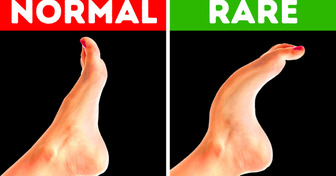
What do you call a person who can write with either hand equally well? How can you reach with your tongue into your nose from inside? And WHY would you even do that?! See further if you have a real superpower! About a third of all people can raise one eyebrow: left or right. It’s a great way to send a playful signal to someone while telling a joke. But the ability to raise both eyebrows separately is much rarer. If you’re not among them, that’s because you cannot yet control and move the corresponding muscles. But this skill can be developed. Stand in front of a mirror, hold one eyebrow with your hand and lift the other up and down. And then do the same with the other eyebrow. This will help you learn moving them separately.
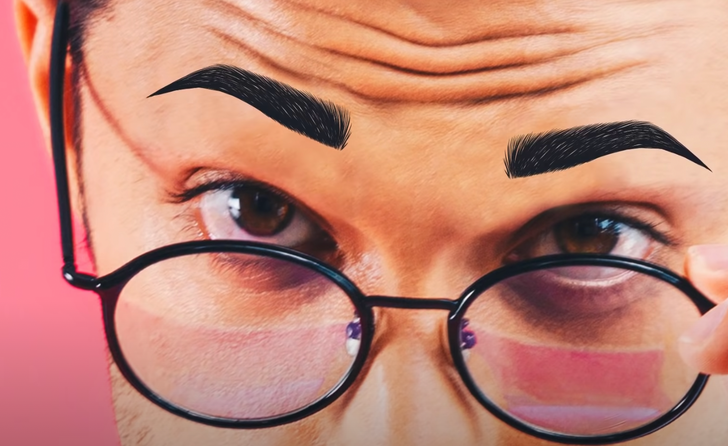
Can you sit down on the floor and get back without the help of your hands or knees? This simple challenge is called the ’Sitting Rising Test’. Clever name. Although scientists argue whether this test is trustworthy in telling anything about your health, you can still use it to check whether your muscles and heart are strong enough. If you’re unable to get off the floor without the support of your hands or knees, maybe it’s time to return to the gym. Stretch out your hand and place a ring on the crook of your elbow, then rotate your palm. If the ring didn’t fall, you’re a rare person. Some say only 2% of people can do that, but that’s arguable.

If you can lick your elbow easily, or touch your thumb to your forearm — congratulations, you’re among the minority of people. But some people bring flexibility to the next level. This condition is called hypermobility. It allows rare individuals to twist their bodies into weird positions just like a snake: putting their head between their feet, doing a back bridge, and all sorts of splits. But in some cases, hypermobility can increase sensitivity, because such people have a larger medulla. This brain area is responsible for processing emotions.
90% of people are right-handed, and only 10% are left-handed. Yes, that adds up. But there’s also a very small percentage of those who can use both hands equally well, including writing, drawing, and doing any tasks. Naturally, ambidextrous people account for only 1% of the entire population, which is about 70 million people. If you wanna check whether you’re one of them, try to write the same phrase with both hands or draw a circle first with your right and then with your left hand. If there’s no difference, congrats! By the way, these exercises are very good for balancing the hemispheres of the brain, regardless of which hand is your working one.
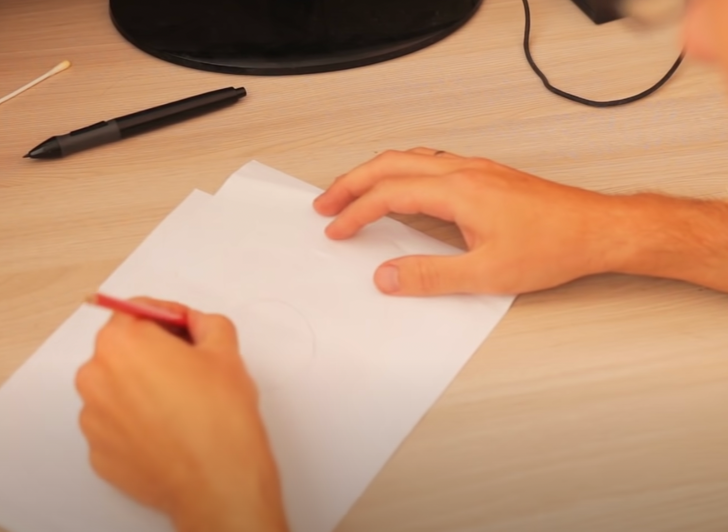
Mirror writing is another good way to awaken your neurons. Wake up wake up! Leonardo Da Vinci used to write down his thoughts in a journal from right to left. The actual purpose of his mirror writings is still unknown, but some people suggest that he just tried to prevent smudging the ink because he was left-handed. Creating a mirrored text is not an easy task for most people.
Most people depend on weather forecasts and have to adjust their outfits depending on the season to avoid catching a cold. But not everyone — lucky ones have learned to keep their bodies warm in any frost. These fearless heroes can walk in the cold wearing only swimming trunks and feel cozy. They can stand in the snow barefoot and even swim in a river or an ice hole. Usually, this talent doesn’t come naturally, people temper their bodies for years until they get used to withstand extreme cold. Of course, they don’t do it just to look cool. Or feel cool. Health benefits from this procedure include better blood circulation, increased concentration, and an overall sense of well-being. And how many seconds can you stand barefoot in the snow? Not many!

Stretch out your palms in front of you. Squeeze together all of your fingers except your thumb. Now spread the index and middle fingers and a ring finger with the little finger in different directions. Success? If so, you’d probably make a wonderful musician, because the nerves in your palms are well-developed.
Do you feel ticklish when you tickle yourself? Normally, you wouldn’t, unless someone else tickles you. It happens because the cerebellum area of the brain, which monitors movements, predicts the sensations caused by your own movements. Then, it sends a signal to other parts of the nervous system to cancel these sensations. But some rare individuals can actually feel ticklish on their own. If you’re not among them, touching a new texture that the brain doesn’t yet recognize or using a scalp massager can help to excite your nerves and bring relaxation.
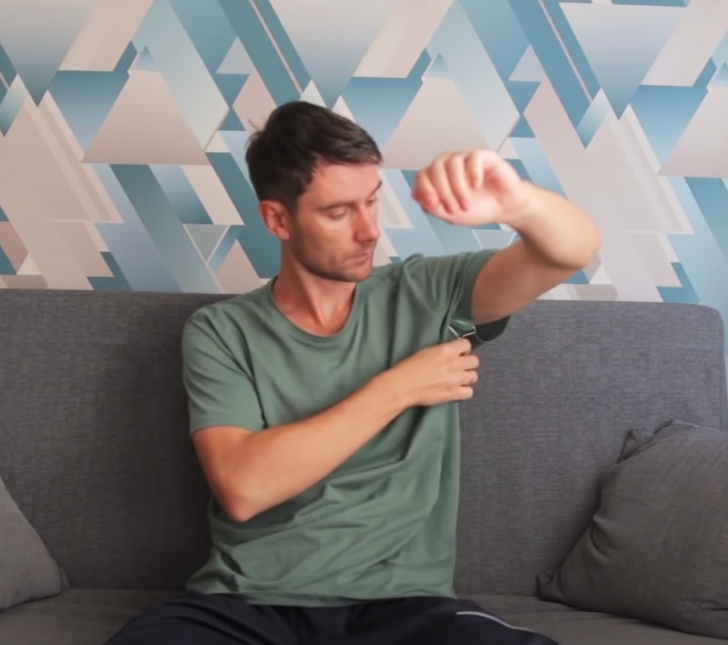
Grab a sheet of paper and something to write with and sit on a chair. Stretch one leg and rotate your foot clockwise. Try to draw the number 6 on paper or in the air while still rotating your foot. This task is so much a struggle because the left area of your brain can’t handle two opposite rotations at the same time. That’s why the brain tries to bring all movements in the same direction. Only a few people can manage it from the first attempt. You can also try to write other numbers and watch the funny results. Seems like the foot has no problem only with zero.
If you wanna check out the work of your vestibular system, try this simple trick. Stand on one foot and close your eyes. Most people lose balance at least during the first attempt. Your vestibular system includes many organs and systems throughout your body. Together, they allow your body to stay in balance in different positions. This system includes the inner ear and vision, which is why keeping balance is much easier in silence while your eyes are open.
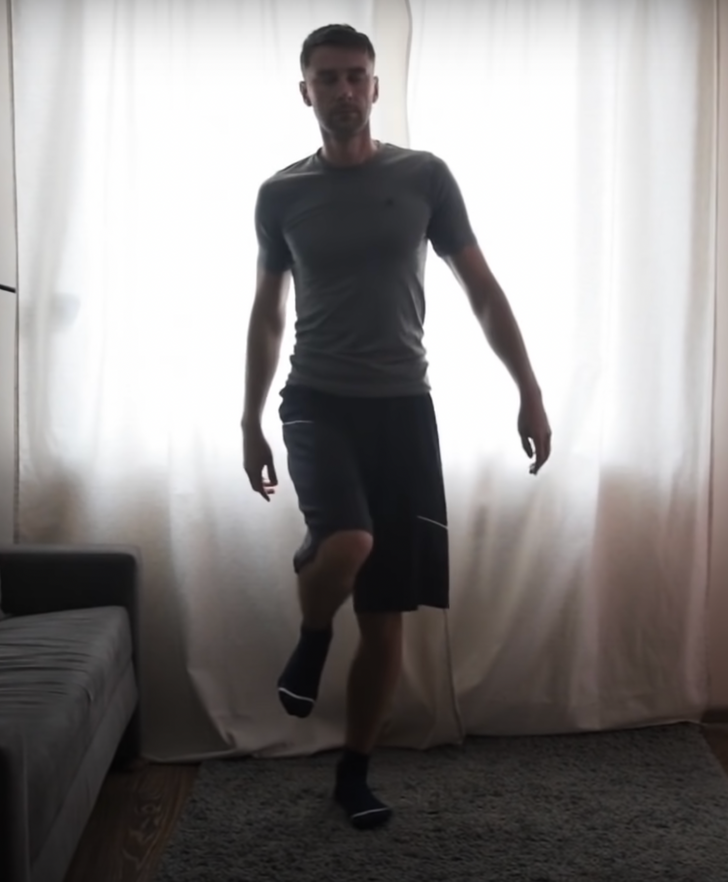
Every day, people use their tongue to recognize different tastes and communicate with each other. But it’s also a great tool for a bunch of tricks. Around 10% of people can touch the tip of their nose with their tongue. The current title of the world’s longest tongue belongs to Nick Stoeberl from the USA — his tongue measures 3.97 inches (10.1 cm), according to Guinness World Records. There’s also another contender whose name is in the Indian Book of Records for the tongue measuring whopping 10.8 inches (27 cm)! Wow, imagine what can he do with to an ice cream cone! But the average adult male tongue is only about 3.3 inches (8.5 cm) long, and the average female tongue is 3.1 inches (7.9 cm). That’s why most people can’t perform the ’nose trick’ that easily.
Tying a cherry stem in a knot is a popular party challenge, but only a few people can do it right and quickly. Al Gliniecki set the World Guinness Record in June of 2014 when he made 14 cherry stem knots in one minute using only his tongue! Wow! If you wanna try to beat his record, practice with patience and pick longer stems around 1.5 inches long. Plenty of tutorials on this topic at your service.
Stand in front of a mirror, open your mouth and try to roll the sides of your tongue up towards each other to make a U-shape. About 65 to 81% of people are natural tongue rollers, and the majority are women. Some believe it’s a genetic capability, but recent studies showed that people can actually develop this skill by practicing.

‘Khechari Mudra’ is a term from yoga that means curling the tip of your tongue back into the mouth. Ideally, it should reach above the soft palate and rest in the beginning of the nasal cavity. This asana helps refresh the mind and body and overcome thirst, hunger, and anxiety. Some say it also helps become a professional lucid dreamer if you acquire a habit to fall asleep with khechari mudra every night. But most yoga beginners spend months and even years to reach into the nasal cavity. And if you can do it right away, you’re the lucky one.
Can you wiggle your ears intentionally? Congratulations, around 22% of people on the Earth are capable of wiggling one ear. As for moving both ears at once, only 18% can do that. Ear wiggling used to be a common thing for our distant ancestors. Scientists believe they could perform a variety of movements with their ears. The group of muscles responsible for wiggling is called the auriculars, and we mostly don’t need it today. But some people claim that everyone can learn to move their ears, it only takes time and practice. Unfortunately, we still cannot acquire this classy habit of twitching an ear towards a sound source as dogs and cats do.











